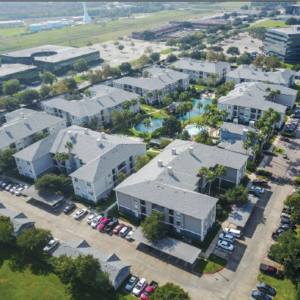The retail and industrial markets tell a story on the effects of COVID on the real estate market at large. What is lost in the brick and mortar space is again in the industrial space as consumer habits shift more and more to an ecommerce, less experience-based spending with warehouse space used as last-mile delivery. Investor demand for industrial properties will suppress cap rates but also be a haven for capital, while uncertainty in the retail space will be at an all-time high in the next 12 months.
Below are key takeaways from the following report:
Beyond the Global Health Crisis: National Retail Outlook – Marcus & Millichap – Report Link
Beyond the Global Health Crisis: National Industrial Outlook – Marcus & Millichap – Report Link
Download the PDF version of this report here:
Beyond the Global Health Crisis: National Retail Outlook
Marcus & Millichap
- As the economy reopens and government stimulus soars, retail spending and employment nearly reached its pre-COVID levels by the end of June
- Retail vacancy rose 20 basis points while asking rents dipped 0.5%. It is the belief that true effects on the retail fundamentals will not be fully realized for several quarters.
- Single-tenant properties occupied by an essential business will be highly attractive, causing fragmentation in the market. Underwriting assets for a post-pandemic economy is hampering decision making for buyers and sellers.
- The focus for multitenant properties will look almost entirely to two things to weather the downturn: traffic generating anchor tenants and a high percentage of essential business tenants
- Experience-based concepts will struggle. Gyms, theaters and full-service restaurants have taken a major hit. The focus on safe and cautious practices going forward will be important.
Beyond the Global Health Crisis: National Industrial Outlook
Marcus & Millichap
- Changing behavior has bolstered the outlook for industrial properties. Nationwide vacancy rose 30 basis points, but only because new construction has been surging. Absorption of existing product was positive.
- Investment activity will flood the industrial space as it is the only sector with a truly bullish outlook in the short and long term. The enormous demand will suppress cap rates, but the investment community will view industrial as a safe bet.
- Secondary markets are outperforming as population growth has been highest in metros with lower density, like Phoenix and Denver
- An increased focus on domestic manufacturing will heavily impact the industrial sector long term
- Last-mile facilities near urban and suburban areas will replace much of what has been lost in the retail space, as the trend towards ecommerce is only accelerating amid the pandemic



